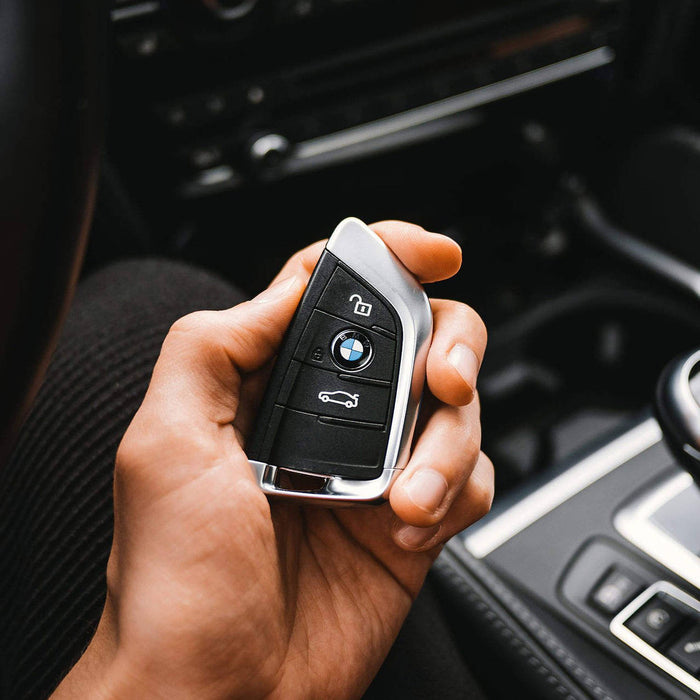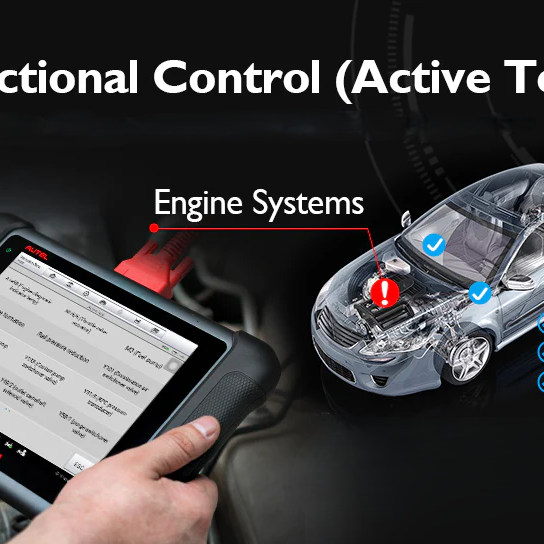The United States is one of the largest countries globally, with over 95,000 miles of coastline and a vast border, all of which require significant defense measures.
Whether along the coastlines or at land borders, controlling and preventing smuggling is critical for maintaining national security, governance, and fostering long-term development. However, as anti-smuggling operations continue, we are facing many challenges.
To effectively combat smuggling, a combination of UAVs (unmanned aerial vehicles) and tracking systems can be leveraged, UAVs can be paired with automated docking stations for continuous, 24/7 surveillance, particularly along high-risk smuggling routes.
This system also benefits from a full command center that provides law enforcement personnel with a centralized platform to monitor, analyze, and coordinate all aspects of operations in real-time. Keeping personnel safer while enabling the capture of crucial evidence from above.
Targeting challenges
1. Vast and Complex Patrol Routes
Long and often difficult-to-reach borders, especially in areas covered by dense jungles or rough terrain, make border monitoring incredibly challenging. Fixed observation posts can leave significant blind spots, particularly at night, and patrolling these expansive areas can take days with limited coverage.
2. Risk to Law Enforcement Personnel
Officers patrolling these regions face considerable danger, whether from the criminal elements they are confronting or from the hazardous environments they navigate. The risk to personnel is ever-present in these high-stakes operations.
3. Challenges in Evidence Collection
Smuggling activities are highly mobile and conducted in secretive ways, making it tough for border authorities to gather evidence in real-time. The lack of immediate, actionable intelligence makes it difficult to respond quickly enough to capture smugglers in the act.
What UAVs Can Do?
1. Daily Autonomous Patrols, Stealth, Highly Flexible
Taking out the skies, drones can provide quiet and large-scale cruising and monitoring of target areas. Visible light/night vision high-definition images can be shared with ease.Full 3D route planning and autonomous flying, intelligent identification and comparison of changes in border routes over time.
2. Non-contact Investigations, Analysis
Accurate positioning, automatic circling of targets, 1.2km laser rangefinder to guide investigation, infrared/night vision tracking, heavily reducing risk of law enforcement contact.
3. HD Forensics, Remote Command Ready
50x optical zoom and 1280×1024 infrared thermal imaging high-definition images, effectively identifying camouflage, penetrating occlusion, and quickly obtaining evidence.





